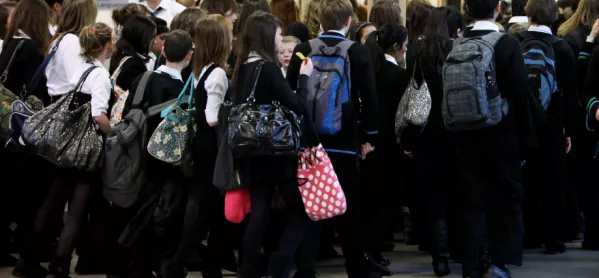Pressure on primary school places to ease from 2024
Share
Pressure on primary school places to ease from 2024
https://www.tes.com/magazine/archive/pressure-primary-school-places-ease-2024

At last there is light at the end of the tunnel. New official data published today reveals for the first time when the squeeze on primary school places might finally ease.
The latest projected figures from the Department for Education show that primaries can expect pupil numbers to level out in 2024 after reaching a peak of more than 4.7 million in 2023 (see graph below). That number represents an 8 per cent increase on today’s primary population and will bring to an end 14 years of uninterrupted rises.
Experts have said that primary schools are facing a crisis, with the Local Government Association warning earlier this year that the shortage of places was reaching a “tipping point”.
The government has pledged to provide a further £5 billion to create additional places to meet demand, but the LGA has claimed that this still leaves councils with a shortfall.
But the rise will continue beyond 2024 for secondary schools as the bulge in pupil numbers makes its way through the school system. By 2024 secondary secondary schools will have seen a startling 20 per cent increase in student numbers on 2015 levels.
According to the DfE, all regions of the country can expect increased secondary pupil numbers by 2017. But in London, where the pressure on places is most intense, secondary numbers are already growing.
Russell Hobby, general secretary of heads’ union the NAHT, said the government needed to “get a grip” on the rising numbers of pupils.
“The current system is fragmented and free schools are an inefficient and insufficient way of meeting the numbers. NAHT believes that some local agency should have the strategic role in the planning of places, able to commission new schools and places in both the academy and maintained sectors,” he said.
“Schools are also running low on money. The government is not taking account of pensions, national insurance, cost of living, increments, living wages and - crucially - the cost to schools of picking up on cuts to other public services. An increase in pupil numbers is an added pressure on schools at a very difficult time.”
You've reached your limit of free articles this month. Subscribe for £1 per month for three months and get: